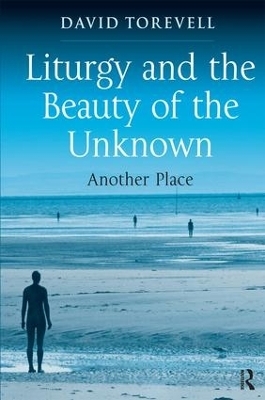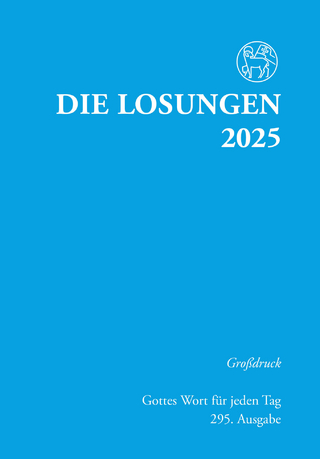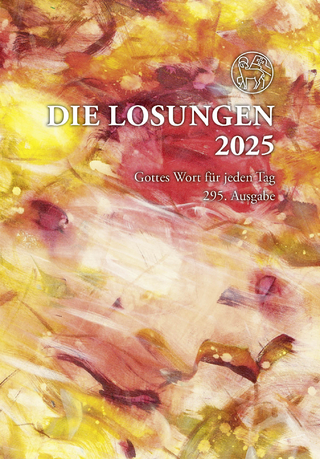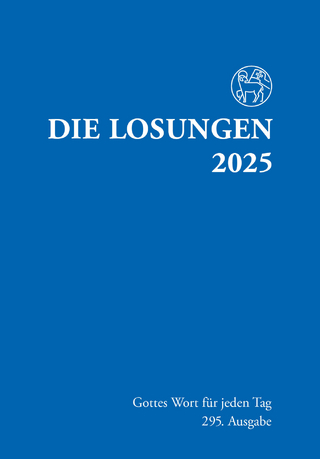
Liturgy and the Beauty of the Unknown
Another Place
Seiten
2007
Routledge (Verlag)
978-0-7546-3303-7 (ISBN)
Routledge (Verlag)
978-0-7546-3303-7 (ISBN)
Theologians have sought, in their varied ways, to demonstrate how God's beauty is associated with notions of truth and goodness. This book shows how liturgy has the potential to achieve the one ultimately reliable form of beauty because its embodied components are able to reflect the disturbing beauty of the One to whom worship is always offered.
Contemporary culture is rediscovering the importance of beauty for both social transformation and personal happiness. Theologians have sought, in their varied ways, to demonstrate how God's beauty is associated with notions of truth and goodness. This book breaks new ground by suggesting that liturgy is the means par excellence by which an experience of beauty is communicated. Drawing from both secular and religious understandings, in particular the mystical and apophatic tradition, the book demonstrates how liturgy has the potential to achieve the one ultimately reliable form of beauty because its embodied components are able to reflect the disturbing beauty of the One to whom worship is always offered. Such components rely on understanding the aesthetic dynamics upon which liturgy relies. This book draws from a broad range of disciplines concerned with understanding beauty and self-transformation and concludes that while secular utopian forms have much to contribute to ethical transformation, they ultimately fail since they lack the Christological and eschatological framework needed, which liturgy alone provides.
Contemporary culture is rediscovering the importance of beauty for both social transformation and personal happiness. Theologians have sought, in their varied ways, to demonstrate how God's beauty is associated with notions of truth and goodness. This book breaks new ground by suggesting that liturgy is the means par excellence by which an experience of beauty is communicated. Drawing from both secular and religious understandings, in particular the mystical and apophatic tradition, the book demonstrates how liturgy has the potential to achieve the one ultimately reliable form of beauty because its embodied components are able to reflect the disturbing beauty of the One to whom worship is always offered. Such components rely on understanding the aesthetic dynamics upon which liturgy relies. This book draws from a broad range of disciplines concerned with understanding beauty and self-transformation and concludes that while secular utopian forms have much to contribute to ethical transformation, they ultimately fail since they lack the Christological and eschatological framework needed, which liturgy alone provides.
David Torevell is a member of the Theology, Religion and Philosophy Department at Liverpool Hope University, UK.
Contents: Introduction; The movement of return; The movement of interiority; The movement in the image; The movement of desire; The movement towards silent mystery; The movement of aesthetics; Conclusion; Bibliography; Index.
| Erscheint lt. Verlag | 28.12.2007 |
|---|---|
| Verlagsort | London |
| Sprache | englisch |
| Maße | 156 x 234 mm |
| Gewicht | 453 g |
| Themenwelt | Religion / Theologie ► Christentum ► Gebete / Lieder / Meditationen |
| Religion / Theologie ► Christentum ► Kirchengeschichte | |
| ISBN-10 | 0-7546-3303-9 / 0754633039 |
| ISBN-13 | 978-0-7546-3303-7 / 9780754633037 |
| Zustand | Neuware |
| Haben Sie eine Frage zum Produkt? |
Mehr entdecken
aus dem Bereich
aus dem Bereich
Grossdruck Softcover
Buch | Softcover (2024)
Reinhardt, Friedrich (Verlag)
CHF 14,50
Geschenkausgabe. Normalschrift
Buch (2024)
Reinhardt, Friedrich (Verlag)
CHF 9,50
Normalausgabe Deutschland
Buch | Softcover (2024)
Reinhardt, Friedrich (Verlag)
CHF 11,80


